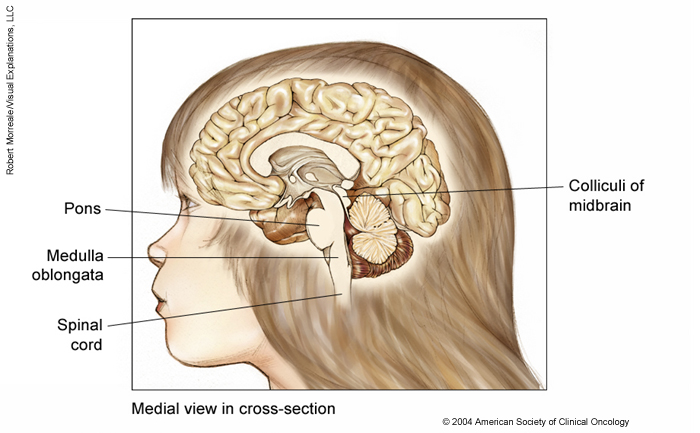Desmoid Tumor - Introduction
ON THIS PAGE: You will find some basic information about this disease and the parts of the body it may affect. This is the first page of Cancer.Net’s Guide to Desmoid Tumors. Use the menu to see other pages. Think of that menu as a roadmap for this entire guide.

